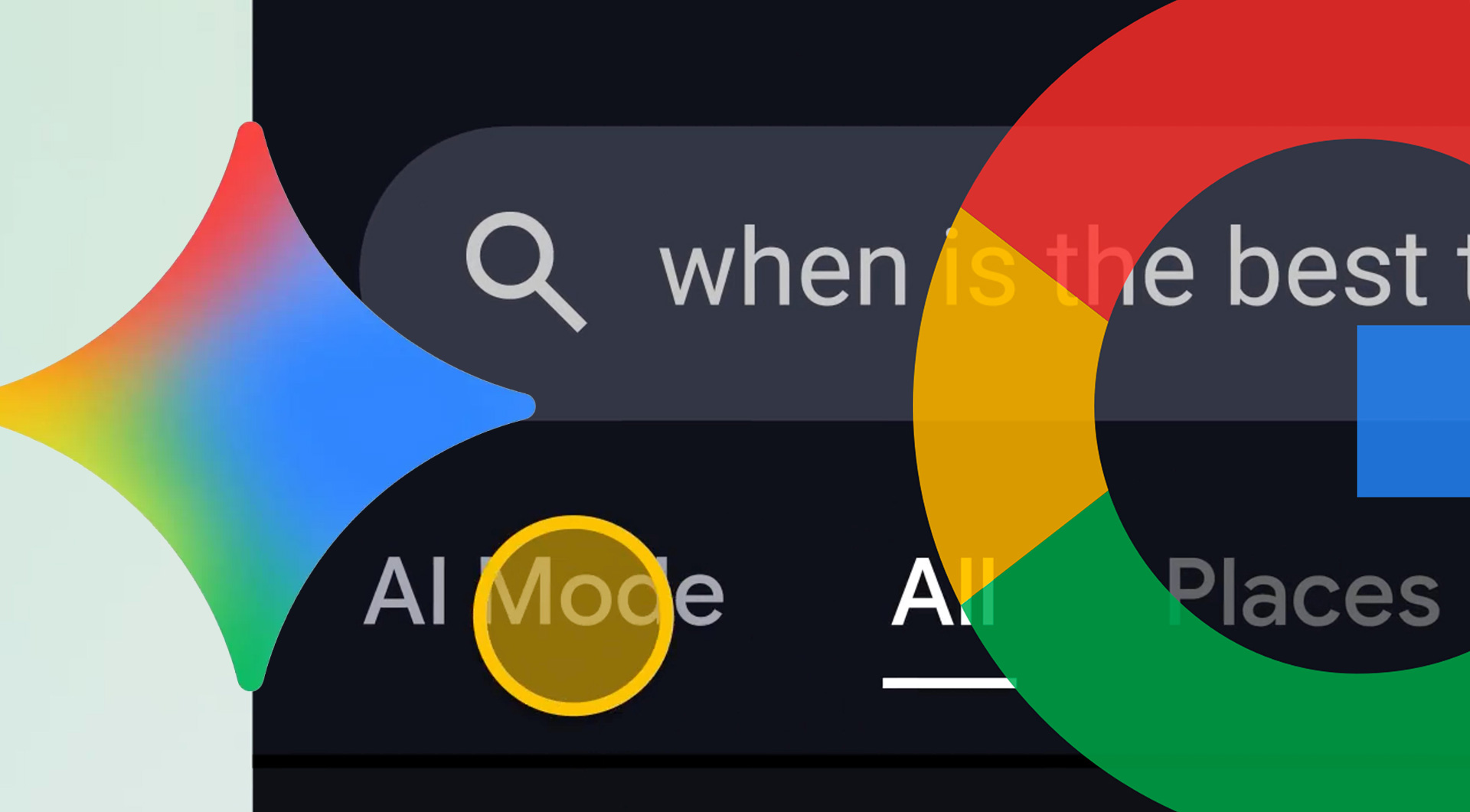Google Launches Gemini 3: Advanced Multimodal AI Model
Google launches Gemini 3, a multimodal AI model, enhancing enterprise applications with advanced reasoning and integration capabilities.

Google Unveils Gemini 3: A New Era of Intelligent Multimodal AI
Google has officially launched Gemini 3, its most advanced artificial intelligence model to date, marking a significant milestone in AI capabilities that blend multimodal reasoning with state-of-the-art problem-solving. Announced on November 18-19, 2025, Gemini 3 is now available to enterprises and developers via Google Cloud’s Vertex AI platform, opening up new possibilities for industries ranging from healthcare to media and logistics.
What is Gemini 3?
Gemini 3 is a next-generation AI model designed to understand and process multiple types of data inputs simultaneously—text, images, video, and audio—enabling it to perform complex reasoning tasks across diverse domains. This multimodal approach allows Gemini 3 to analyze and synthesize information in ways previous models could not, making it uniquely capable of real-world applications that require contextual understanding beyond text alone.
Key Features and Innovations
-
Multimodal Understanding: Gemini 3 can process and analyze text, video, audio, and images concurrently. This capability enables applications like medical diagnostics through X-ray and MRI analysis, automated transcription and metadata generation for podcasts, and predictive maintenance by analyzing machine logs.
-
Advanced Reasoning and Problem-Solving: Google claims Gemini 3 exhibits superior reasoning abilities, significantly outperforming previous AI models in benchmarks related to understanding complex instructions and generating accurate responses. This includes improved capabilities in coding assistance, with a new coding app launched alongside the model.
-
Robust Real-World Performance: Early alpha testing in partnership with major companies such as Rakuten demonstrated Gemini 3’s ability to handle challenging real-world scenarios, including noisy environments with overlapping speakers and low-quality images. For example, it outperformed baseline models by over 50% in extracting structured data from poor-quality document photos and accurately transcribing multilingual meetings up to three hours long with superior speaker identification.
-
Enterprise Integration: Gemini 3 is integrated into Google Cloud’s Vertex AI and Gemini Enterprise platforms, enabling businesses to embed this advanced intelligence into their workflows. This integration allows enterprises to leverage Gemini 3 for a wide range of applications, from customer service automation to complex data analysis and content generation.
Industry Impact and Early Adoption
Several industry leaders have expressed enthusiasm about Gemini 3’s launch:
-
Cursor, a company specializing in AI-assisted coding tools, reported noticeable improvements in frontend quality and ambitious task-solving capabilities powered by Gemini 3 Pro.
-
Geotab, a telematics and data science company, highlighted enhanced performance in data science and AI engineering tasks, anticipating that Gemini 3 will accelerate research and improve web-building capabilities.
-
Manus, a startup focused on AI-driven research tools, credited Gemini 3 with significantly boosting the power of its Wide Research and web-building features introduced in previous versions.
Benchmark Achievements
Gemini 3 has set new records on AI benchmarks, outperforming competitors in both reasoning and language understanding tasks. Its coding capabilities, showcased through the newly launched coding app, demonstrate how Google is pushing the boundaries of AI-assisted software development, making it easier for programmers to write, debug, and understand code effectively.
Visuals and Technology Representation
Official images released by Google show the Gemini 3 logo and interface demos, emphasizing its integration into enterprise platforms and developer tools. Screenshots include examples of Gemini 3 analyzing medical scans and transcribing complex meetings, highlighting its multimodal prowess. Photos of key Google executives and partners involved in Gemini 3’s development also illustrate the collaboration behind this breakthrough.
Broader Context and Future Prospects
Gemini 3 arrives at a time when AI models are rapidly evolving towards more generalized intelligence capable of handling diverse input types and reasoning tasks. Google’s emphasis on multimodal AI addresses key limitations of prior models that were primarily text-based. By combining vision, language, and audio understanding, Gemini 3 is designed to support more natural and effective human-computer interaction.
The enterprise focus suggests Google aims to embed AI deeply into business processes, improving productivity, decision-making, and automation. The healthcare applications alone—such as faster diagnostics through multimodal imaging analysis—hold promise for transforming patient care.
Looking forward, Google plans to continue expanding Gemini’s capabilities and integrations, fostering partnerships that push the boundaries of what AI can achieve across industries. This aligns with the broader AI race among tech giants to develop models that are not only powerful but also versatile and practical for everyday use.
Gemini 3 represents a major leap in AI technology, combining multimodal intelligence, advanced reasoning, and enterprise readiness to usher in a new era where ideas can be brought to life more seamlessly than ever before. Its release reaffirms Google’s position at the forefront of AI innovation and sets a new standard for the next generation of intelligent systems.



